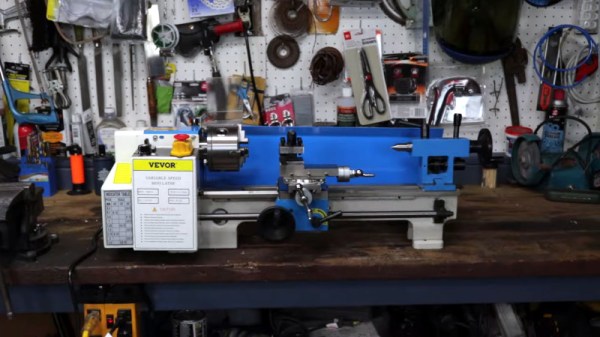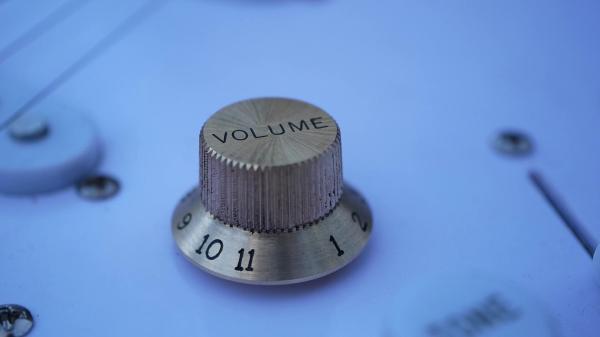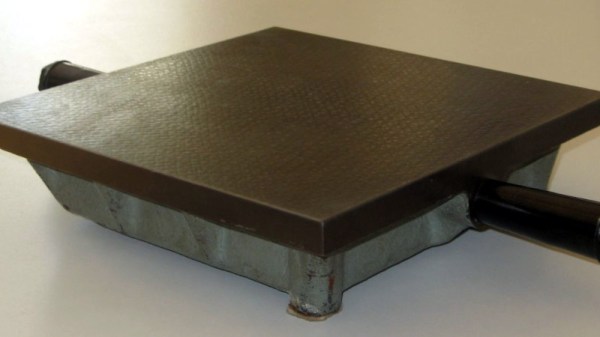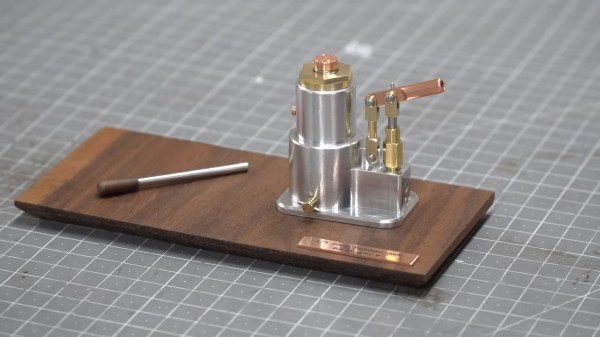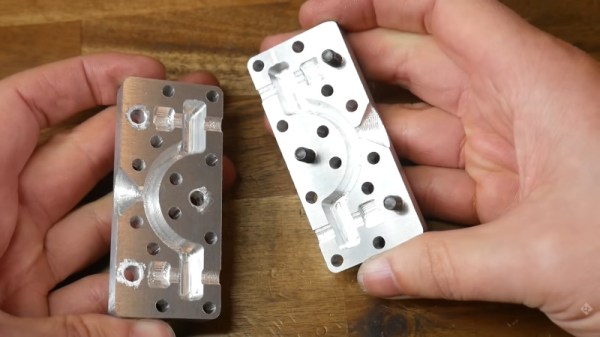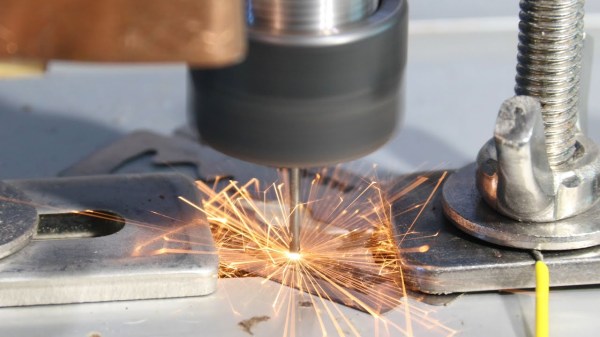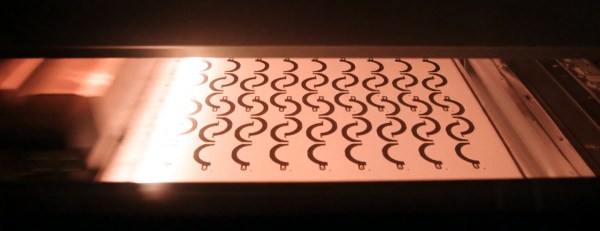There may be few cases where the maxim that “you get what you pay for” rings true, than a lathe. The less you spend on a lathe, the closer you get to a lathe-shaped object and the further from, well, a lathe. [Camden Bowen] has bought a cheap lathe, and he’s not content with a lathe-shaped object, so he takes us in the video below through a set of upgrades for it. In the process he makes a much nicer lathe for an entirely reasonable sum.
First up are the bearings, in this case a set of ball races which aren’t really appropriate for taking lateral force. After a lot of effort and a tiny bit of damage he manages to remove the old bearings and get the new ones in place, though their slightly different dimensions means he has to replace a spacer with a temporary 3D printed item which he’ll turn in metal later. We learn quite a bit about cheap lathe tools and tool alignment along the way, and he ends up buying a better tool post to solve some of its problems. We were always not very good at grinding HSS edges, too.
At the end of it all he has a much better lathe, upping cost from $774 to $1062 which is still pretty good for what he has. Worth a look, if you too have a lathe-shaped object.

